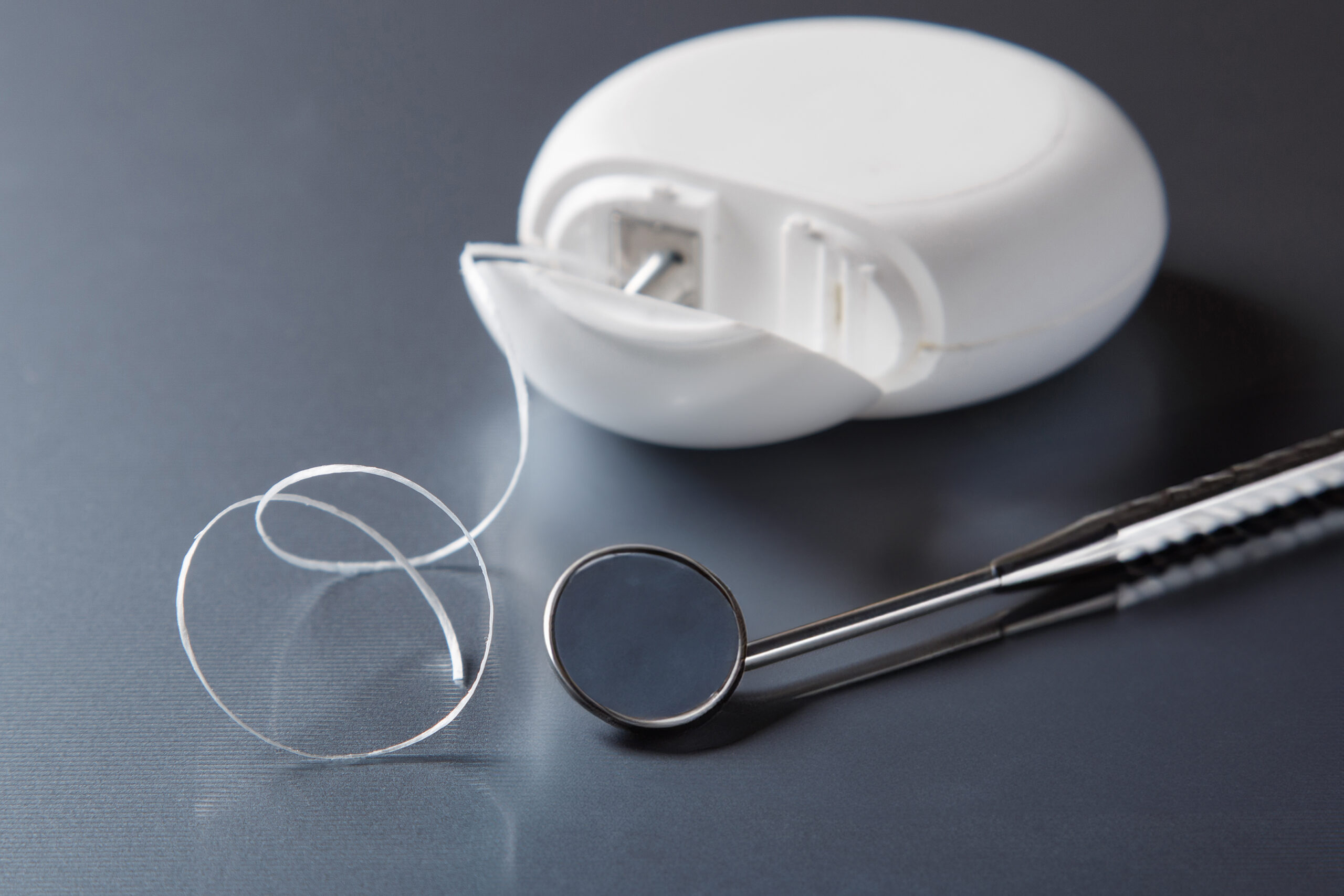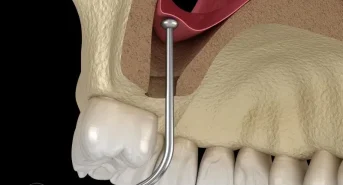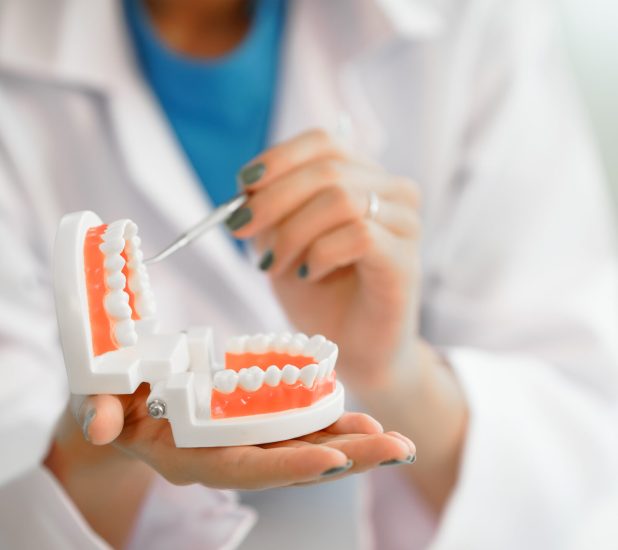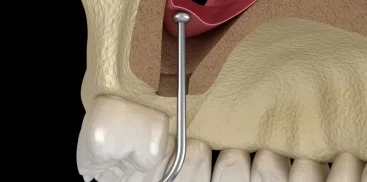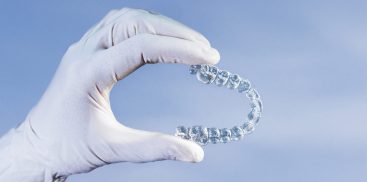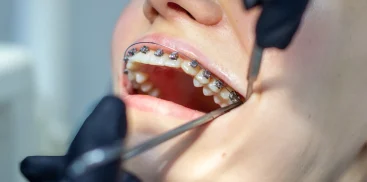Teeth Flossing, in addition to regular brushing, is an essential element in maintaining proper oral hygiene and healthy teeth. To effectively remove food residue and bacterial plaque from the surfaces of teeth and the spaces between them, simply using a toothbrush, even of the highest quality, is not enough. It is also necessary to use dental floss.
How to floss teeth properly?
There is a wide selection of dental floss available, including fluoridated or non-fluoridated, waxed, unwaxed, mint-flavored, antibacterial, and many others. The appropriate dental floss should be chosen considering its thickness and the material it is made of.
The thickness of the floss is an important factor in the selection process because it needs to smoothly pass through the interdental spaces with gentle resistance. Beginners are advised to choose waxed floss, which moves more easily between teeth.
If you’re unsure about choosing the right dental floss, consult with a dentist. Our specialists at Warsaw Dental Center will be happy to advise you on the best choice.
Teeth flossing – technique
Flossing requires precision and gentleness, as too forceful execution can result in gum injury and epithelial attachment loss.
- We start by cutting about 35-40 cm of floss from the roll.
- We wrap the ends of the floss around our middle fingers, leaving about 5 cm of floss between them.
- Using our thumbs and index fingers (or both thumbs), we gently wrap the floss around the base of the tooth and slide it in, making sawing motions, from the contact point of the teeth to the interdental space.
- After inserting the floss, we make vertical motions, following the curvature of the tooth.
While flossing successive teeth, it’s important to use clean sections of dental floss. In initial flossing attempts, slight bleeding and gum soreness may occur. One should not be discouraged by this, but rather continue the procedure with greater gentleness. These minor, undesired symptoms resulting from lack of finesse in floss handling are much less of a threat to teeth than not flossing at all.
Dental floss – Things to remember
Neglecting regular use of dental floss can lead to undesirable consequences such as tooth discoloration, cavities, and the accumulation of dental plaque (tartar) in the crevices, which in turn increases the risk of tooth decay and periodontal disease, and even tooth loss. Remember, flossing should be done before every brushing.
An alternative to flossing is irrigation, which is an effective method of maintaining hygiene, especially when wearing various types of prosthetic work.
If you need help with maintaining proper oral hygiene, schedule a consultation at Warsaw Dental Center. Our team of specialists will help you take care of your dental health.
